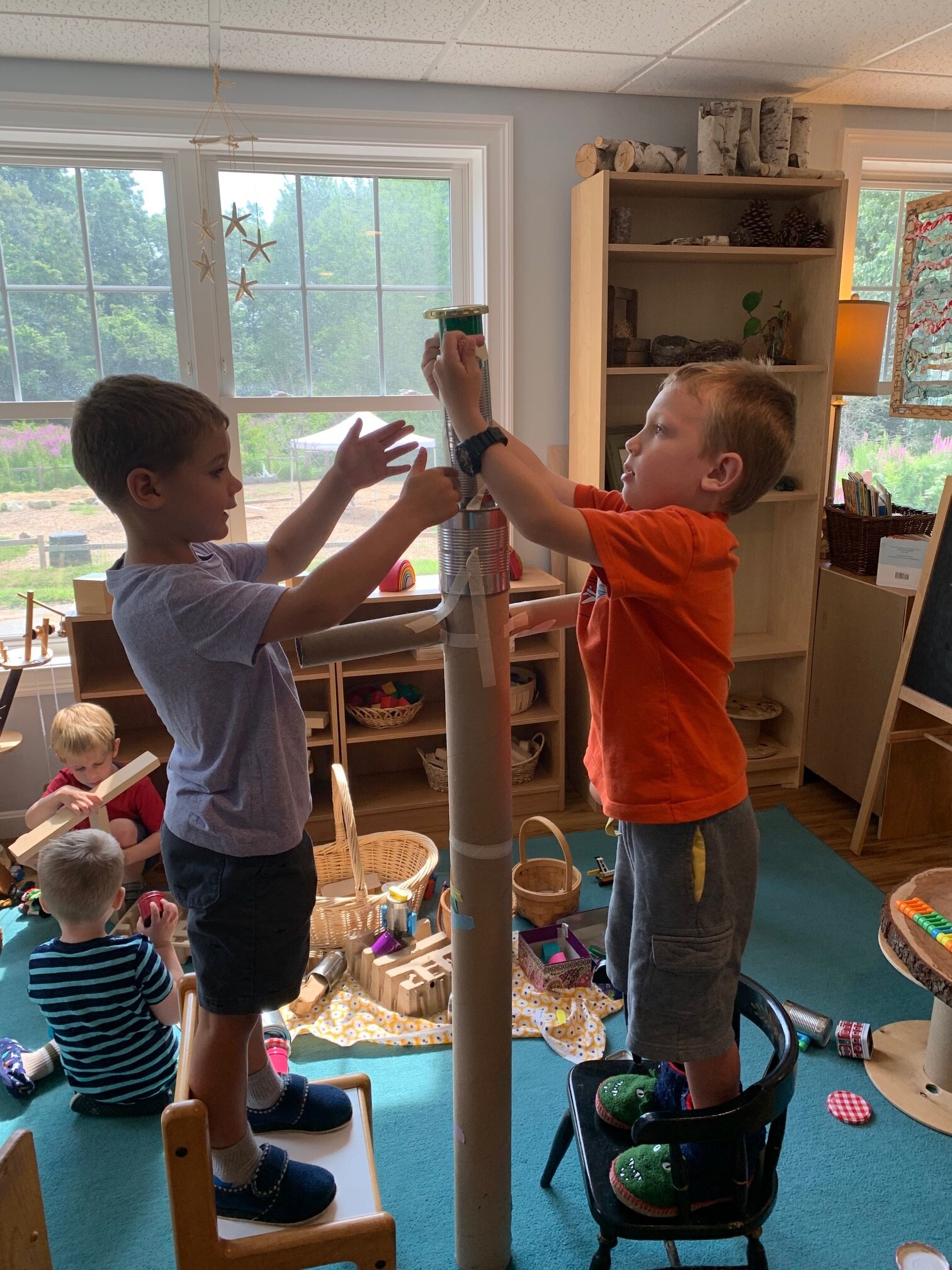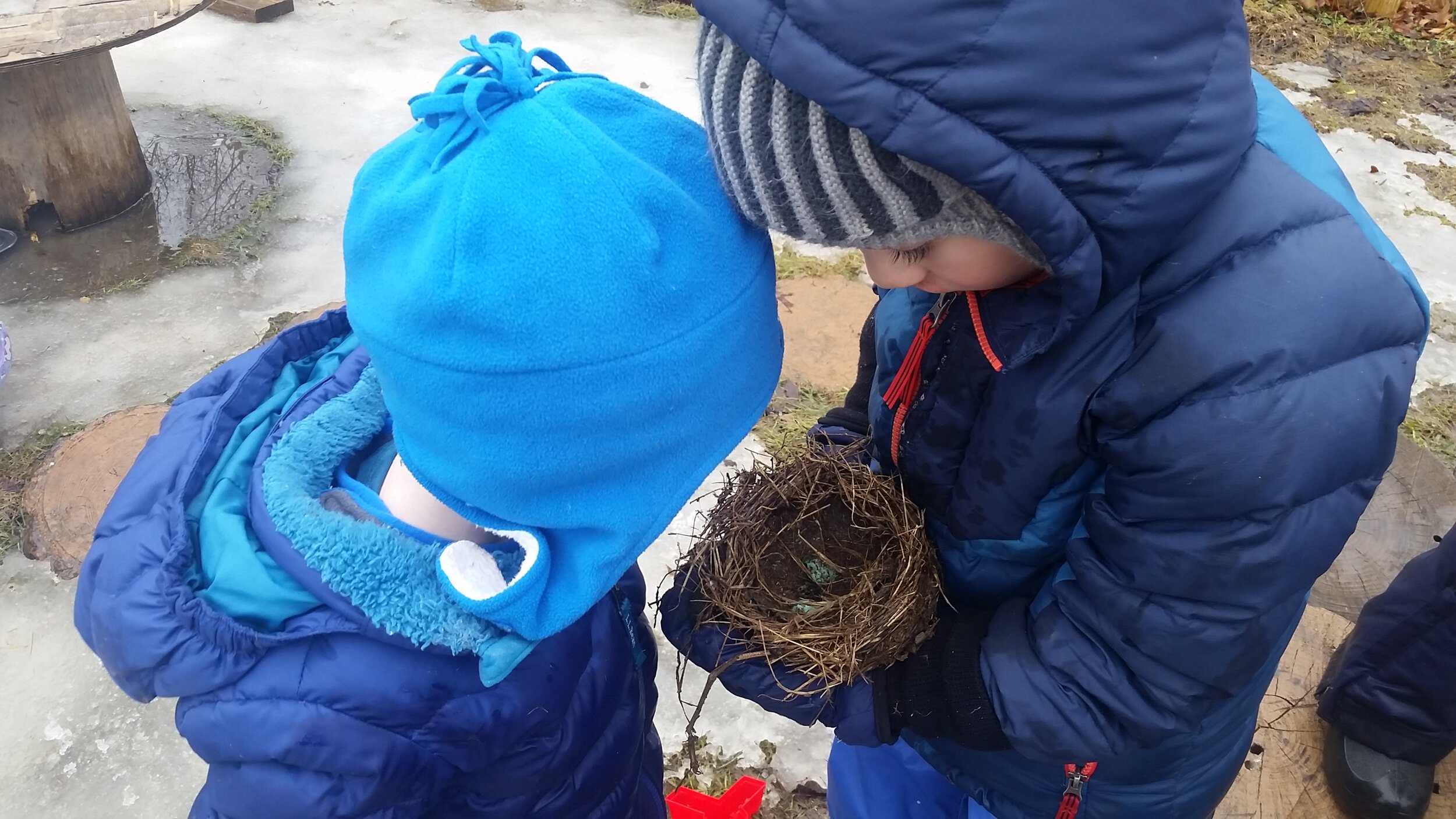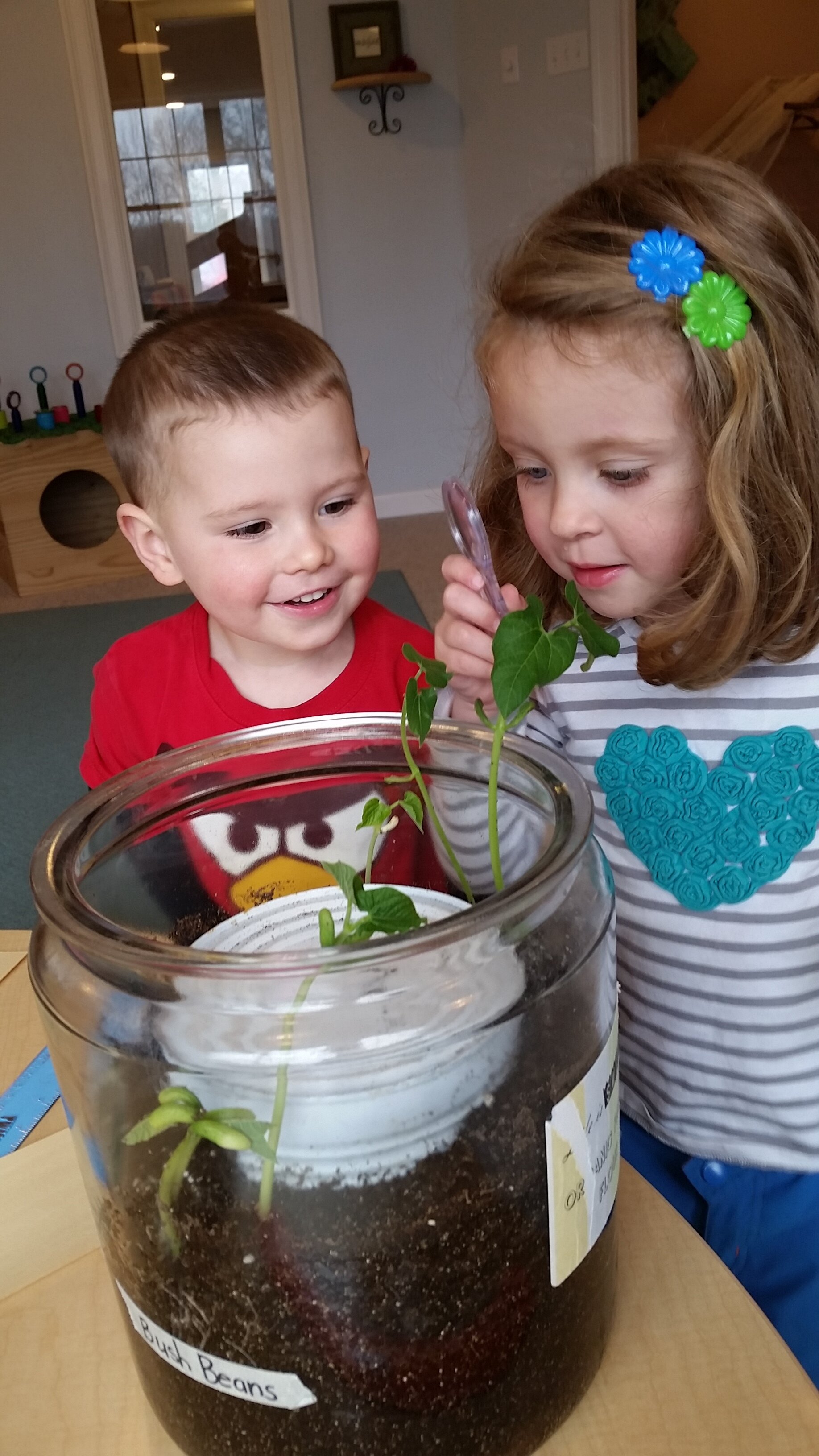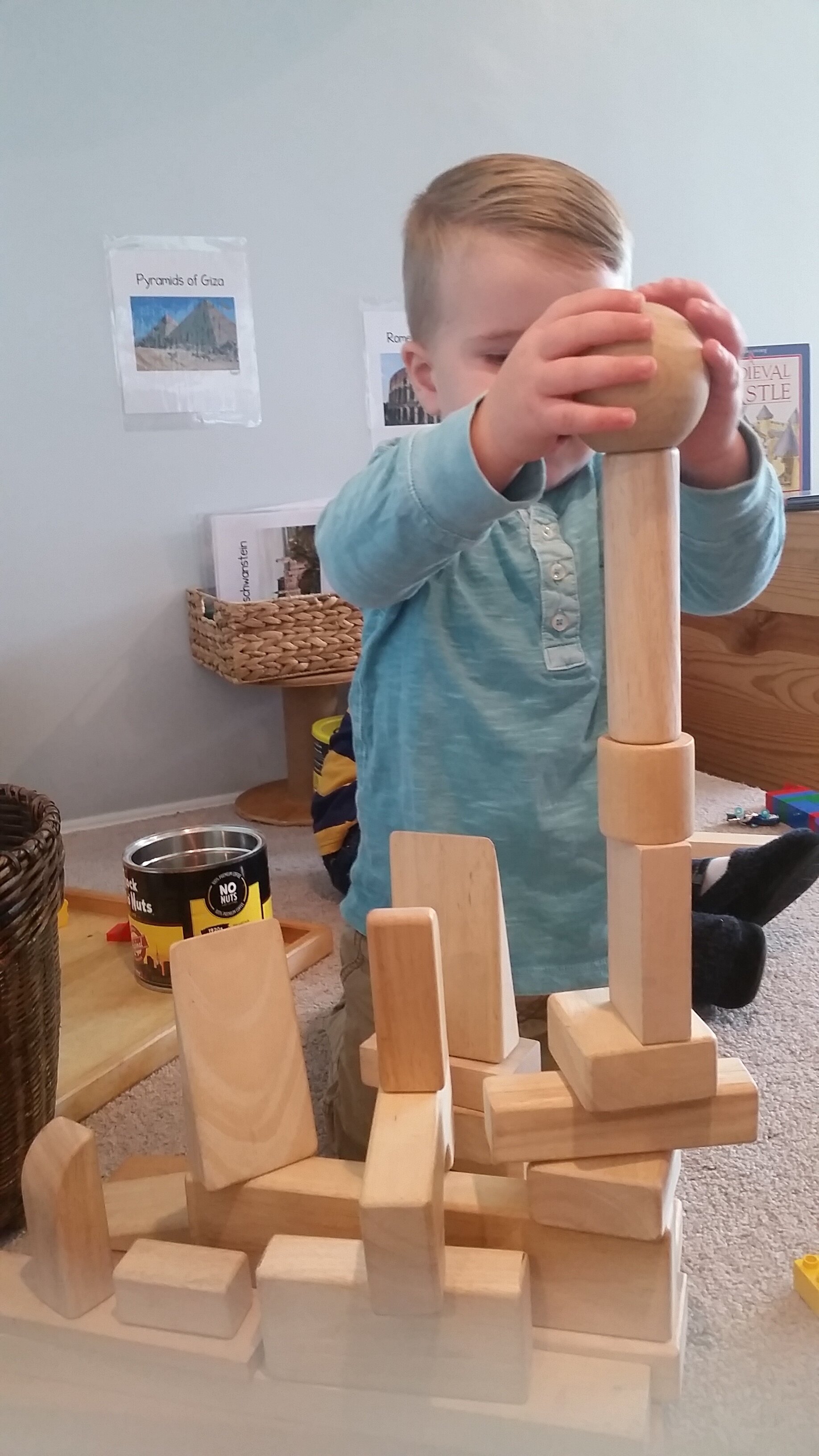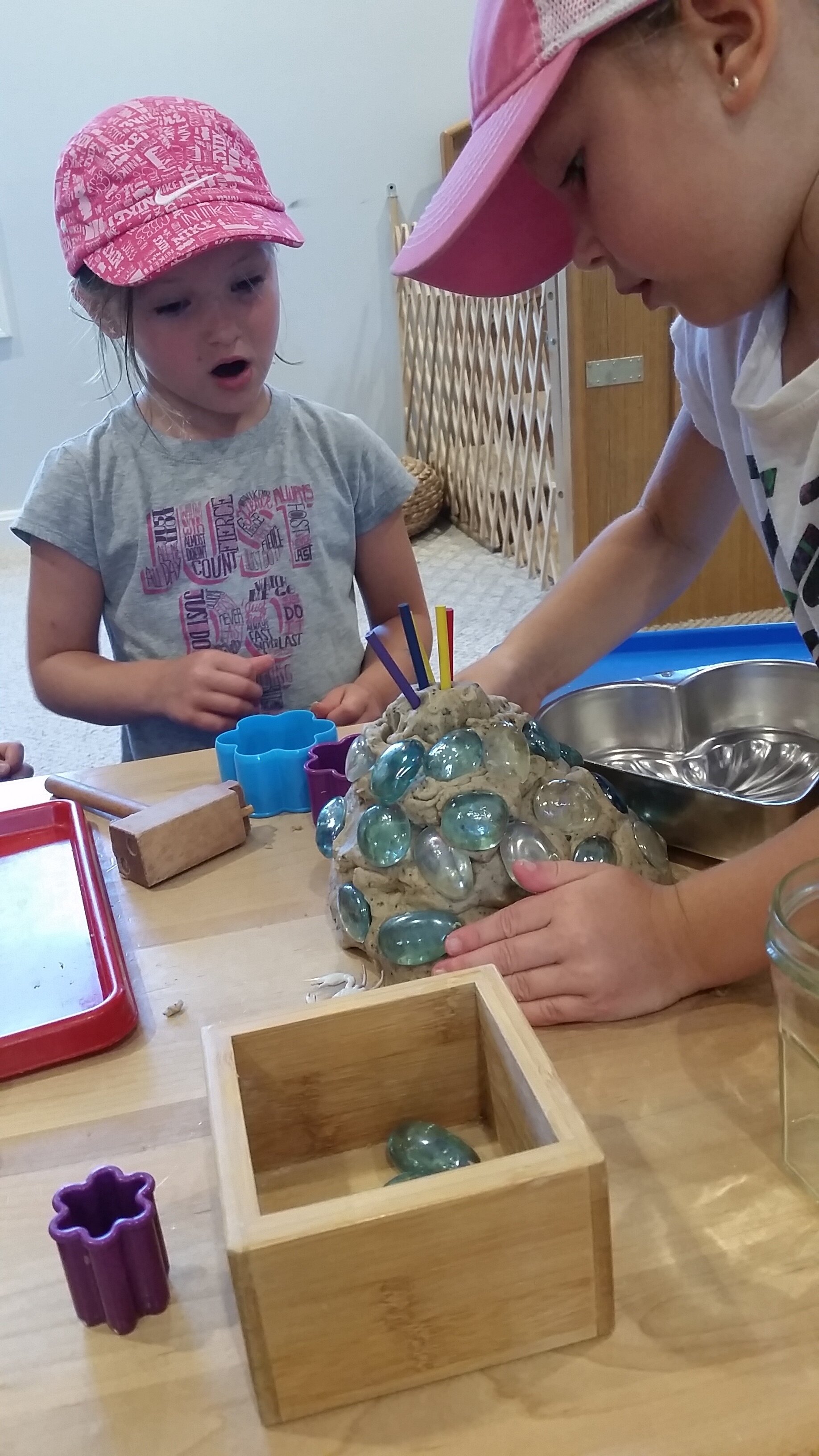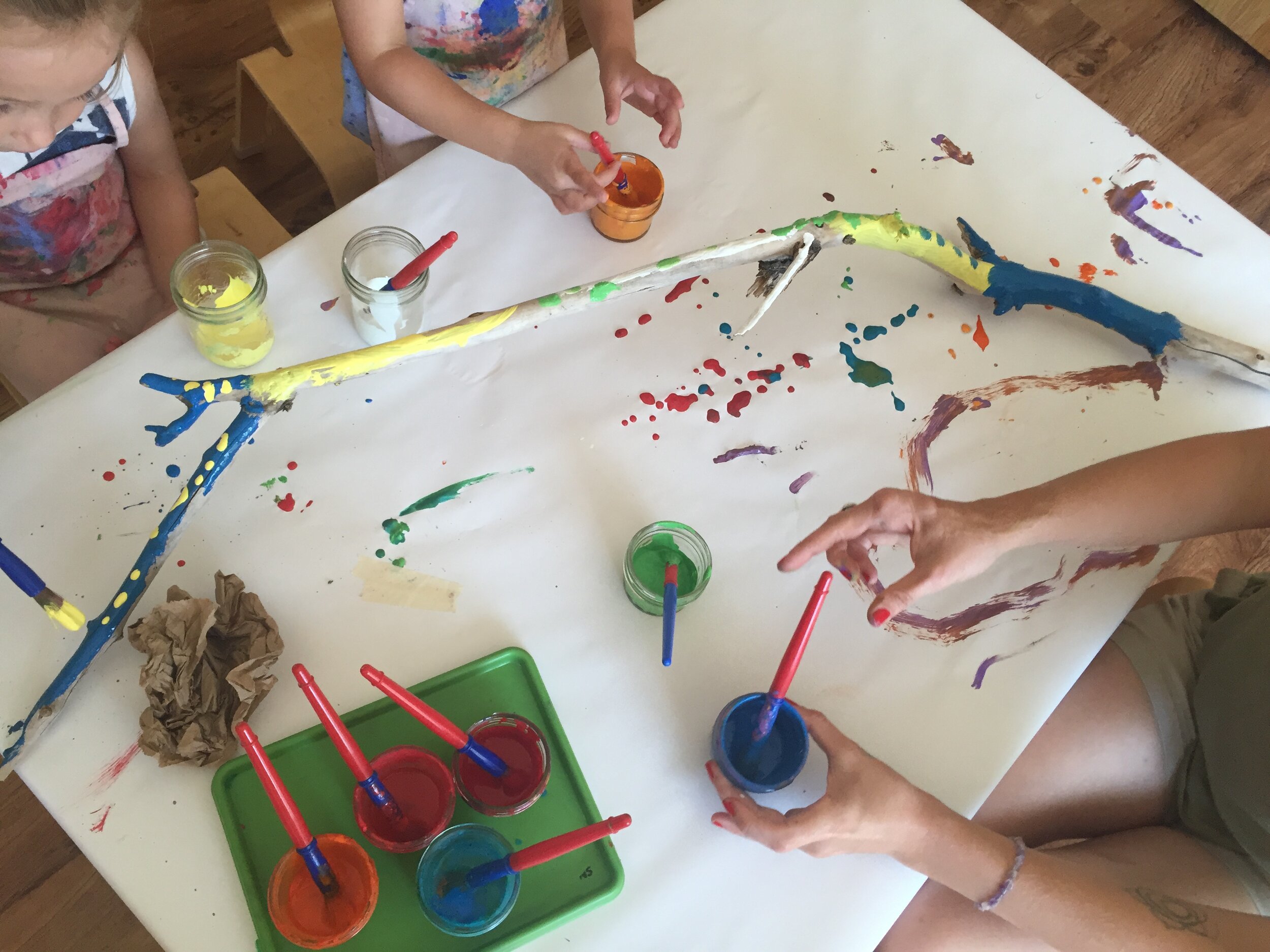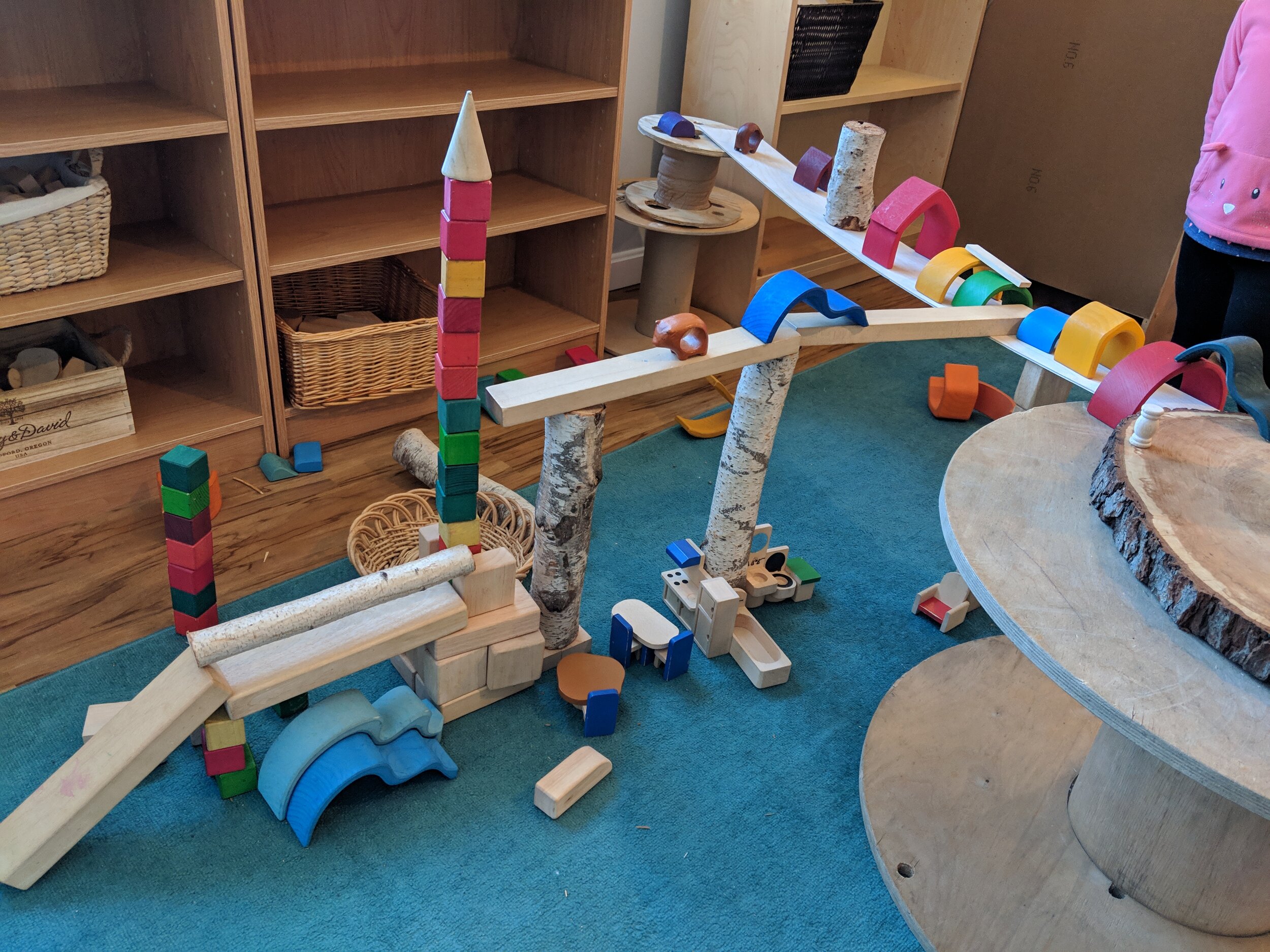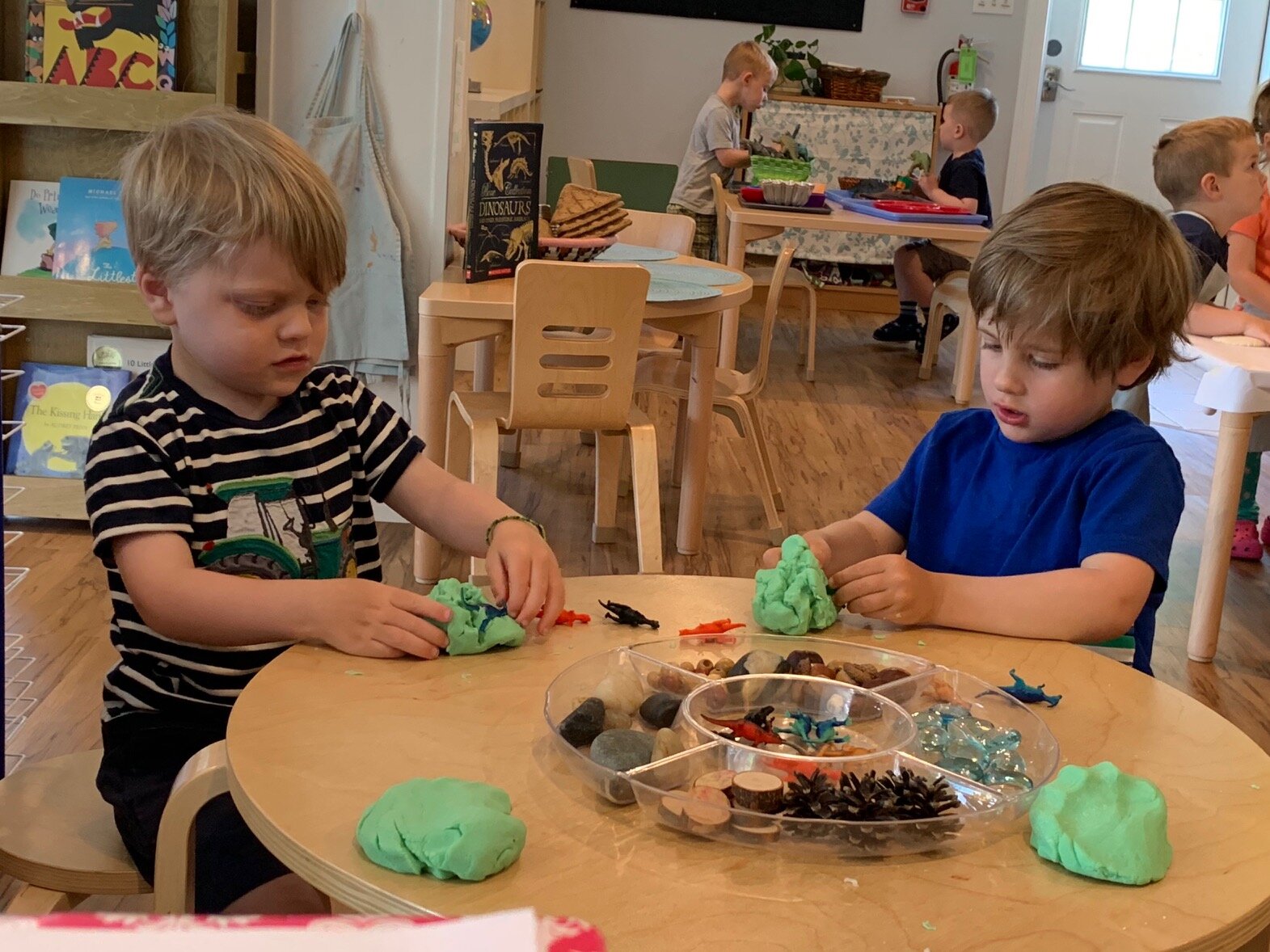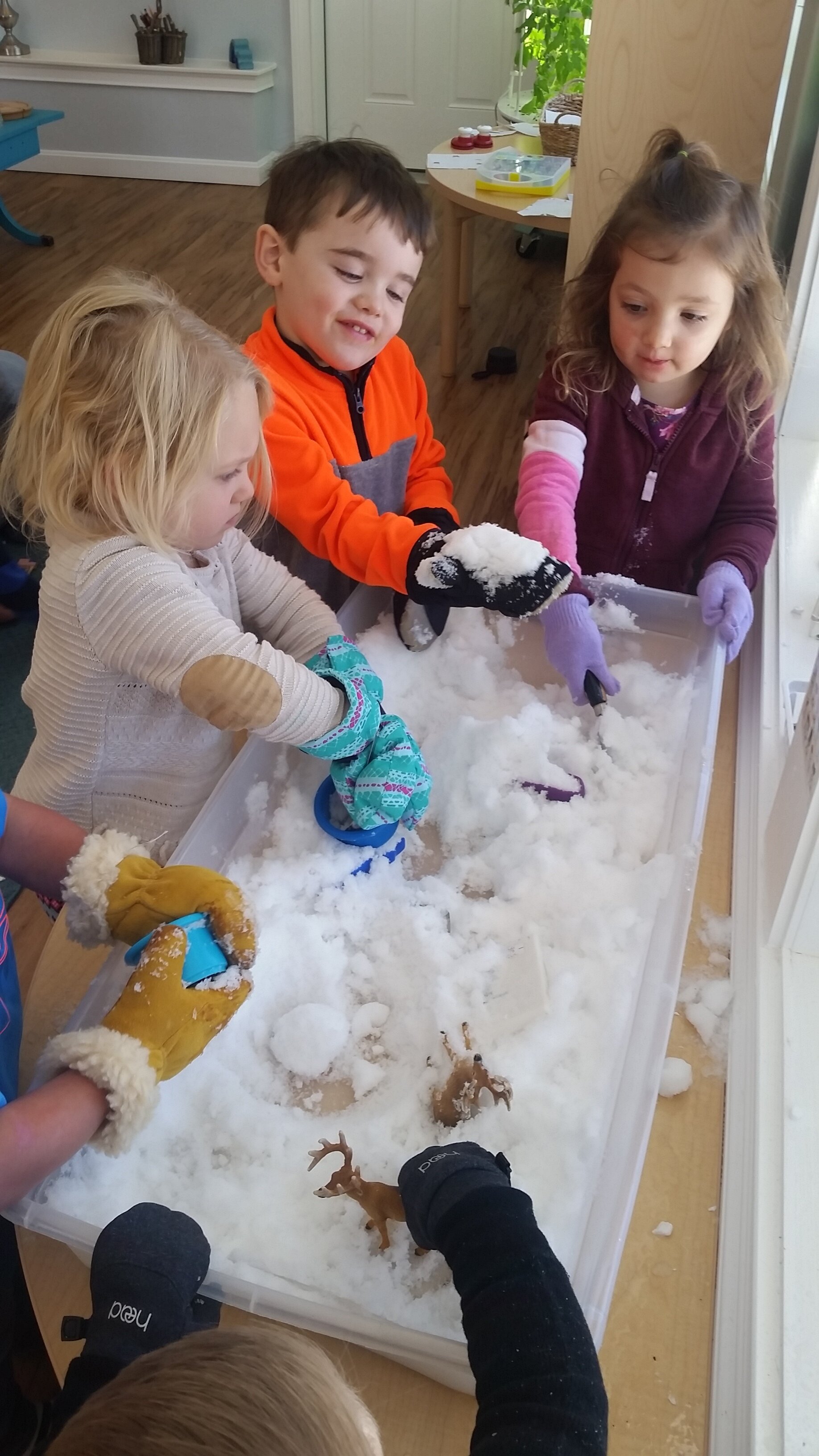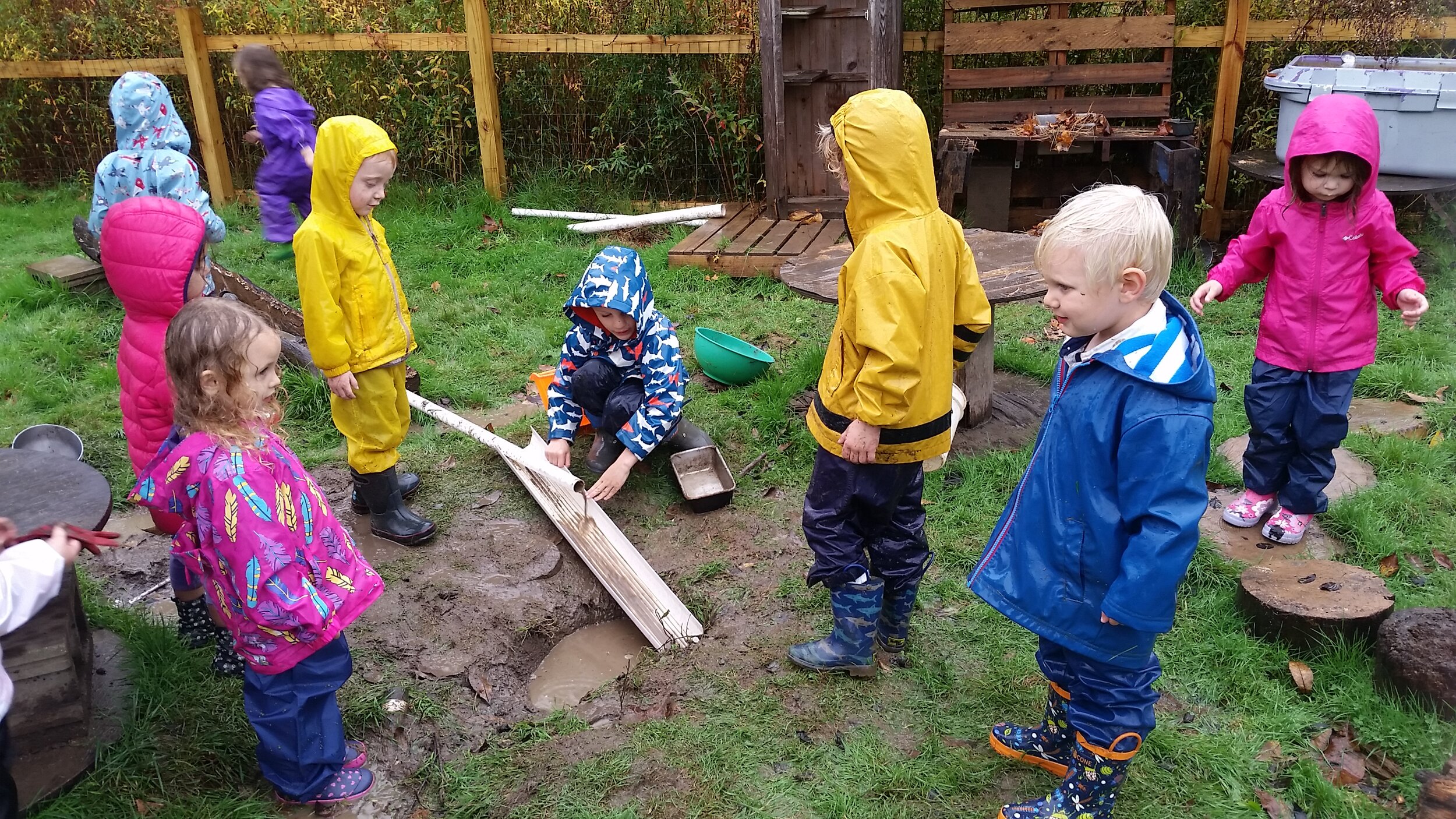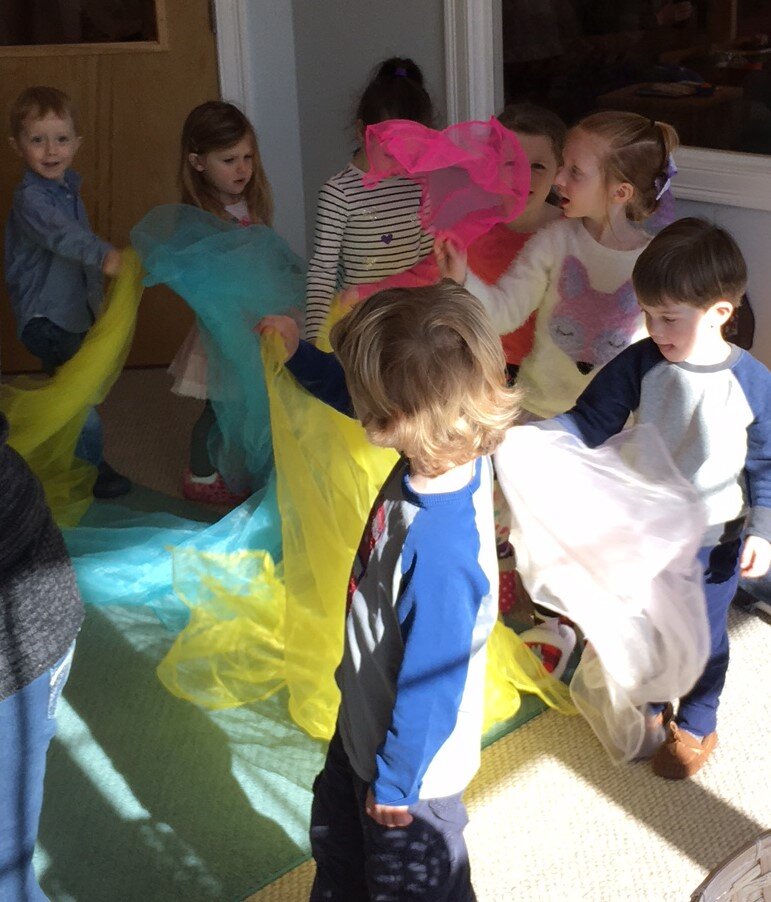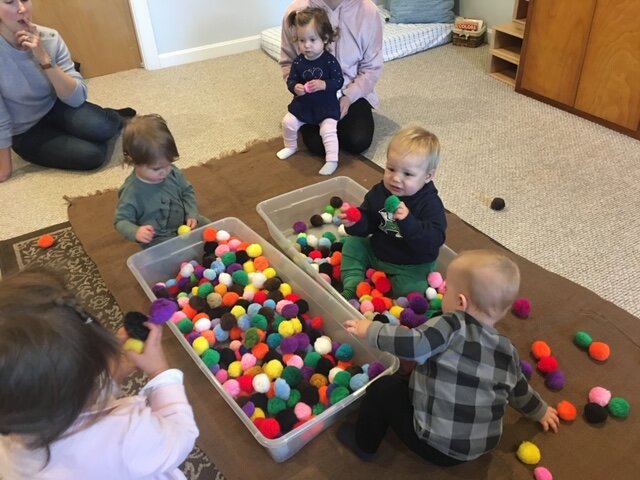NURTURING YOUR CHILD’S INNATE CURIOSITY:
Why it’s important, + 5 simple ways to keep it alive throughout childhood
When my daughter was a baby, she would stare up at the ceiling for long periods of time. My first instinct was to bring her a rattle, read her a book, sing her a song… But when I made myself lie down next to her and follow her gaze, I realized she was looking at the sunlight coming in through the window. By her side, I marveled at the way dust particles floated in the light. My daughter reminded me how it felt to be still and in the moment.
Children are born with innate curiosity. They are wired to behold the world around them with a sense of awe and wonder and to relish in the tiniest moments—especially when out in nature. Innate curiosity drives intrinsic motivation—doing something without expecting an external reward. This, in turn, builds cognitive systems necessary for later academic learning. Over time, children can lose this critical skill…but not if we know how to nurture it!
At Harmony, educating children up to age 6, we recognize that curious children are actually little scientists. We step back as we watch them play with wooden blocks—building tower after tower, until the concept of size becomes ingrained in them… Bigger blocks at the bottom, smaller blocks at the top.
When playing outside or discovering something new, our goal is to sit quietly, observe, and when that inevitable, “Why?” arrives, we meet it with questions to nurture their curiosity. A simple, “Hmmmm, I wonder…?” Or, “Why do you think that might be?” soon leads one child or the whole group to reason through a discovery process—driven by their innate individual or collective curiosity. It is our duty to keep curiosity alive in children as they continue on their learning journey through childhood.
As parents, our need to know the answer or outcome has taken precedence in our lives so much, we can easily, unintentionally, squash this process within our children, as we strive to deliver all the answers. The good news—there are a handful of simple ways for you to nurture your child’s curiosity while simultaneously reawakening to the awe, wonder, and magic of the surrounding world.
FIVE SIMPLE WAYS TO NURTURE CURIOSITY IN YOUR CHILD
1. Instill a Sense of Wonder
Slow down, notice, and observe the little things that we often overlook amidst the pace of our busy lives. A budding flower. A snowflake that lands on your finger. A trail of ants marching from one hill to the next. How the windshield wipers clear water from your windshield. Sharing these small moments with your children encourages them to develop an awareness and appreciation for the world around them—especially when you display your own enthusiasm for and fascination with the natural world.
2. Follow Your Child's Interests
As you discover your child's interests, let those lead your shared discovery. Meet your child’s inevitable “Why?” with “Hmmm, I wonder…” Give your child the gift of space and time to work through his or her inquisitive, investigative process within. Don’t worry if you don’t know the answer—in fact, during the early years, it’s best not to give your child the exact scientific explanation. And let’s face it…we will never have all the answers! But having the right questions can prove to be an incredibly important and rewarding life skill.
3. Use Open-Ended Questions
As your child’s questions deepen, and you explore topics, steer clear of too many yes-or-no questions, as they limit discovery. Most importantly, your goal is unearth your child's thought process. Use prompts like, "What do you notice?", "How did that happen?", "I wonder what...", and "How can we find out?" to encourage your child to communicate thoughts and ideas based on his or her current level of understanding.
4. Communicate & Document Through Art
Referring back to your experiences—neighborhood walk, day at the beach, squirrel racing through the yard, watching rain spatter the windowpane—create opportunities for your child to reflect and document his or her understandings, emotions, discoveries, and interests through art. There are endless materials, tools, and media through which you can do this…
Use paint, playdough, clay, tissue paper, cardboard, etc. for your child to recreate the experience.
Always keep a sketchbook or nature journal handy—even when you’re out exploring. Spend time sketching out in nature, collecting leaves and flower petals to press together.
Collect nature items and create a nature table, windowsill, or tray at home to develop and nurture a deep connection between the outside and inside worlds.
Incorporate nature items in your artwork—create leaf prints, paint with pine needles, roll acorns through paint…
Create transient art with nature items—arrange rocks and seashells in intricate spirals, place pinecones and acorns in an interesting pattern…
Take pictures of your adventures, print them, and put them into a book to relive your experiences together with your child, and perhaps draw new observations.
5. Provide Materials That Provoke
Set out unusual, “found” materials or “loose parts” to allow and encourage your child to independently explore and experience the world through open-ended activities—packaging materials, recyclable items, found items in nature (seashells, pinecones), napkin rings, candle holders, toilet paper tubes, scraps of fabric, etc. When you display these in an inviting way, in a space where your child can naturally discover them, you are encouraging your child to explore independently, following his or her interests, without overt guidance (or interference!) by an adult. As a supplement to this, lay out related photos, books and field guides to further enrich, enliven, and explore those experiences together.
In these simple ways, you will not only journey along a path to nurture your child’s innate curiosity, you will reclaim your own innate sense of wonder! We know you will enjoy watching your child continue to live her early years in amazement, keeping alive the awe and wonder from those first moments in this world, and using it to navigate through the lens of curiosity.
________________________________________________________________________
We’d love to see any Harmony-inspired moments you capture along your child’s early years journey. Tag us (@HarmonyNLC) on Facebook and Instagram, and use the hashtags #HarmonyNaturalLearningCenter #TheHarmonyApproach #HarmonyNLC
______________________________
Interested in introducing more of The Harmony Approach to your preschooler at home? Check out Harmony at Home (FREE activities available).
______________________________
Now accepting Transitional Preschool, Preschool and Multi-Track Kindergarten applications for the coming school year.



